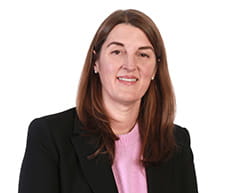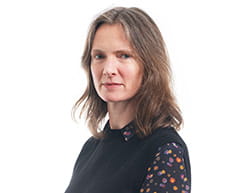In the recent Supreme Court decision in For Women Scotland Ltd v Scottish Ministers it was held that, for Equality Act 2010 (EqA 2010) purposes, the definition of "woman" refers to a biological woman and the definition of "sex" refers to biological sex.
The case originated from For Women Scotland's challenge to the inclusion of trans women with a Gender Recognition Certificate (GRC) in the definition of "women" under the Gender Representation on Public Boards (Scotland) Act 2018. Following years of litigation and associated public debate, the case ended up in the Supreme Court, which decided unanimously that "sex" in the EqA 2010 means biological sex only (and not the sex stated on a GRC). The Supreme Court was at pains to emphasise that trans people remain covered by separate protections against discrimination under the EqA on the grounds of gender reassignment and/or perceived sex. However, the decision does have wider ramifications for employers and service providers, who have previously made case by case decisions on sex and gender classification in relation to things like access to toilets and changing rooms.
EHRC interim update
Amidst ongoing discussions on the ruling, the Equality and Human Rights Commission (EHRC) published an interim update on 25 April. This states that, in relation to workplaces and services that are open to the public, trans women should not be permitted to use the women's facilities and trans men should not be permitted to use the men's facilities. However, where facilities are open to both men and women, trans people should not be put in a position where there are no facilities for them to use.
The interim update stipulates that where possible, mixed-sex toilet, washing or changing facilities should be provided in addition to single-sex facilities. It also makes it clear that where these facilities are in lockable rooms (not cubicles) which are intended for the use of one person at a time, they can be used by either women or men.
It's worth noting that the interim update is non-statutory and that further guidance will be forthcoming. When the House of Lords debated the EHRC update on 1 May 2025 it emphasised that it is "a snapshot reflection rather than full guidance" and that it is the updated statutory code on services, public functions and associations (the services code) that will have legal status.
Consultation on updates to the services code was launched on 20 May and closes on 30 June 2025. The EHRC aims to submit the final services code to the government by the end of July, though there are rumours from insiders that the process may well take longer than that. The government will then decide whether, and when, to lay it before Parliament and bring it into force.
Where does this leave single sex facilities?
The interim update notes that it is not compulsory for services that are open to the public to be provided on a single-sex basis or to have single-sex facilities such as toilets. It states, however, that these can be single sex if it is a proportionate means of achieving a legitimate aim. This reflects exceptions contained in the EqA 2010.
The Supreme Court reasoned that given its conclusion that the definition of sex meant biological sex then separate services could be provided to men and women. The Court used the example of a homeless shelter which could have separate hostels for men and women if this pursued a legitimate aim, which might be the safety and security of women users of their privacy and dignity (and the same for male users).
Implications
While the Supreme Court's decision is clear, how it should be implemented is far from straightforward. Prohibiting trans individuals from single sex facilities could lead to gender reassignment discrimination and harassment claims, particularly if they are not provided with suitable equivalent facilities. There's also the issue of trans individuals who have historically used the facilities of their reassigned gender without any complaints suddenly being required to stop doing so, perhaps drawing attention to the fact that they are trans (something that others may not be aware of).
The flip side of this is the risk of sex discrimination claims if single-sex facilities are not provided.
What should service providers do from an employment perspective? Once the services code has been approved and brought into force there will be more tangible guidance on offer, however a good first step is to undertake a review of existing policies and practices taking the EHRC interim update into account. When planning any changes to existing practices it may be necessary to take further advice, remembering that all employees have the right to be treated with dignity and fairness and may have questions, concerns or fears which require support.

